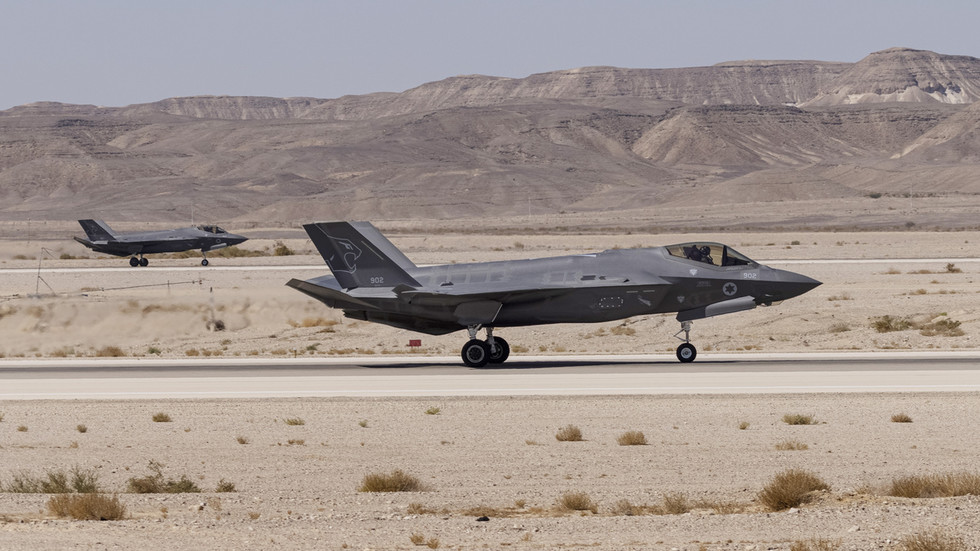Tensions between Israel and Iran have escalated dramatically following a missile barrage launched by Tehran against Israel on October 1. This attack was reportedly in response to the recent killings of high-ranking figures from Hamas, Hezbollah, and the Islamic Revolutionary Guard Corps (IRGC). In the wake of these events, Israel is reportedly prepared to launch a retaliatory strike at any time, with officials narrowing down potential military and infrastructural targets in Iran. According to NBC News, the Israeli government has not yet made a final decision on whether to strike Iran’s nuclear facilities or opt for targeted assassinations, but US officials believe a large-scale attack is unlikely at this stage. This delicate situation has heightened fears of a broader conflict that could engulf the Middle East.
Israel’s Defense Minister, Yoav Gallant, emphasized that the nation’s response will be “deadly, pinpoint accurate, and surprising.” This suggests that Israeli military officials are committed to a decisive reaction that will be strategically targeted rather than indiscriminate. However, the Israeli approach faces caution from the United States, which is advocating for a limited response. The goal appears to be to address the immediate threat while preventing the escalation of military actions in the region. This balancing act of military vigilance and diplomatic restraint underscores the complexity of the situation, as any significant retaliation could easily spiral into a larger confrontation.
Iran, on its part, is reportedly prepared to defend itself and retaliate against any Israeli aggression. A source from Tehran indicated that their response would be proportionate and mirrored to the nature of any attacks. If Israel engages in strikes on Iranian oil infrastructure, Tehran threatens to target Israeli oil refineries in retaliation. This tit-for-tat strategy exemplifies the rising stakes in the conflict, illustrating a pattern where actions taken by one party directly provoke a corresponding reaction from the other. Both nations seem poised on the edge of conflict, where miscalculations or aggressive actions could lead to considerable destruction.
Tehran has specifically warned against disproportionately escalatory moves from one side, cautioning that if Israeli actions result in civilian casualties, Iran may reassess its nuclear doctrine. This statement highlights the precarious nature of military engagement and the potential for technology and military capabilities to influence broader policy decisions, including nuclear strategies. The latitude given to retaliate against perceived aggressions underscores a commitment to maintaining national sovereignty, yet it remains a volatile proposition. Such developments could indicate a larger strategic shift in Iran’s defense posture, with profound implications for regional stability.
The situation carries grave implications for the residents of both nations. The fear of civilian casualties, particularly among Israel’s population, remains a central concern in military planning. Should Israel opt for a devastating retaliatory strike, the consequences could be catastrophic, not only for Iran but for civilians in Israel as well. This understanding of collateral damage is crucial in shaping public opinion and influencing policymakers on both sides, highlighting the human cost that often accompanies military conflicts in the region.
As both nations continue to navigate this hostile landscape, the potential for a larger conflict remains ever-present. The involvement of major powers like the United States, with its position aimed at tempering aggression while supporting Israel, adds further complexity to the scenario. Diplomacy is critical now more than ever to de-escalate tensions and steer both Israel and Iran towards a more peaceful resolution. The risk of miscalculation or unintended escalation cannot be overstated; therefore, international efforts to mediate and maintain open lines of communication are paramount in averting disaster and promoting stability in the Middle East.

